Packed energy
It is impossible to imagine our everyday lives without the battery in many applications. As early as 1800, the first battery in the form of a voltaic column was invented by Alessandro Volta. They had an important role as the forerunner of the battery we know today. There are also finds from about 2000 years ago, but it has never been clarified beyond doubt whether they were used as batteries in today's sense.
A physical digression
The electric cell is an energy storage device. Chemical energy is converted into electrical energy and can then be used by an electrical consumer. A distinction is made against primary cells; these can only be discharged once and must then be disposed of in accordance with legal requirements. In contrast, secondary cells can be recharged and discharged several times. Important data when choosing the right battery are the following: Capacity, power, energy content, and self-discharge. The capacity is given in ampere-hours (Ah), it reflects the charge stored in the cell. Power is expressed in watts (W) and indicates the amount of electrical energy that can be drawn from the battery. The energy content, whose unit is joules per kilogram (J/kg), indicates how much energy is stored per mass. The larger the cell, the higher the energy it contains. Self-discharge is an unavoidable effect of rechargeable secondary cells. Batteries lose power through storage. They self-discharge. The rate of self-discharge depends on the temperature and battery type. The lower the storage temperature, the lower or slower the self-discharge.
Differences in batteries
In addition to the distinction between portable batteries and starter batteries (for motor vehicles), batteries are differentiated according to voltage, power and capacity. Furthermore, there are classifications according to geometric and constructive design. When buying a battery, the manufacturer's specifications for the desired consumer must be observed. This usually refers to a certain characteristic. Unofficially, however, the familiar classifications with a letter still apply, for example the AA, D or C group. Batteries from 1.2 volts to 22.5 volts are available for private households.
An overview of standard batteries:
Because the purchase of secondary cells can often be confusing for end users, we have compiled a small overview of the most common types including their intended use.
- 9V block batteries, 9 volts, measuring instruments, toys, smoke detectors
- Mono cells (D), 1.5 volts, torches, tape recorders
- Baby cells (C), 1.5 volts, same use as C blocks
- Mignon batteries (AA), 1.5 volts, photo cameras, toys, alarm clocks, remote controls
- Micro batteries (AAA), 1.5 volts, digital cameras, MP3 players, computer mice, keyboards, calculators
- Mini batteries (AAAA), 1.5 volts, same use as AAA batteries, less common
- Lady batteries (N), 1.5 volts, for confined spaces, e.g. B. Door openers, bicycle lights, LED torches
- Duplex batteries, 3 volts, angle wands, experiment kits, torches
- Flat batteries, 4.5 volts, consists of three Mignon cells, often used for explanatory purposes
- Lantern battery, 6 volts, handheld headlamp
- Button cell, 1.3V-3.6V, calculator, wristwatches, hearing aids
Batteries at Foto Erhardt
In our online shop you can buy selected brand products and top quality batteries at very favourable conditions. We only sell branded goods and source our merchandise from reputable manufacturers. You can rest assured that our batteries will not sit around in our warehouse for long. Although we buy in large quantities, we also have a correspondingly high turnover and a very short time from storage to goods issue. Our standard batteries, monobloc batteries, Mignon batteries or button cells and batteries for hearing aids are always of perfect quality when we deliver them to you.
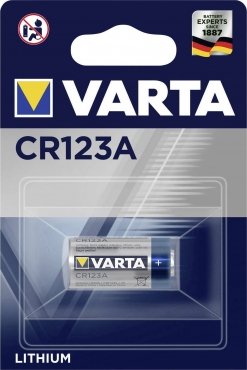
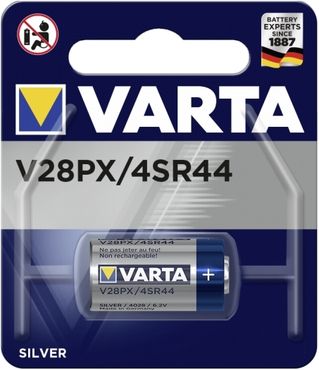

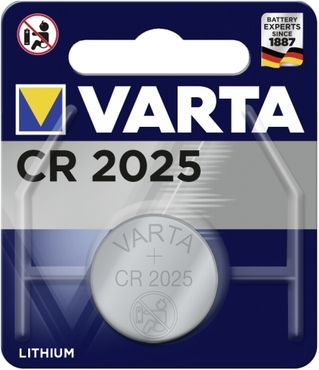
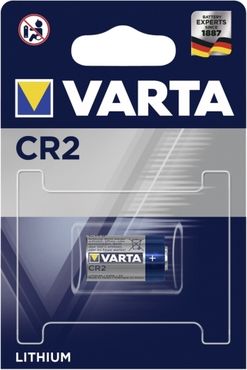

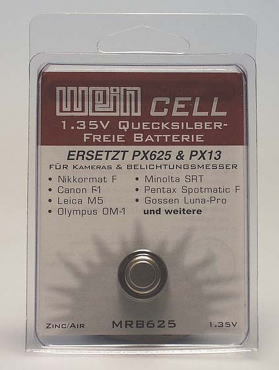
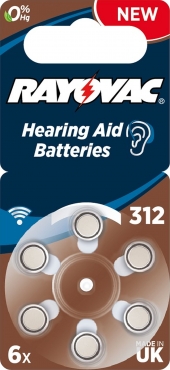


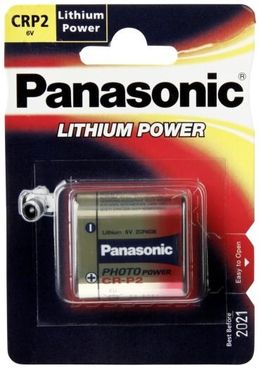
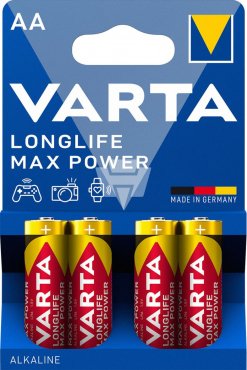
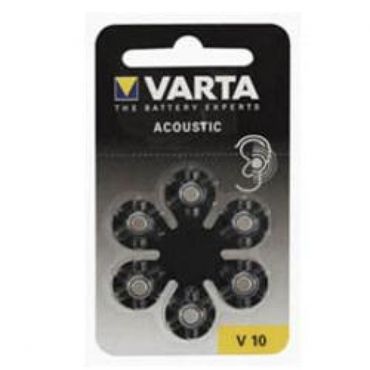
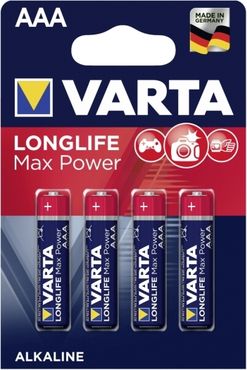
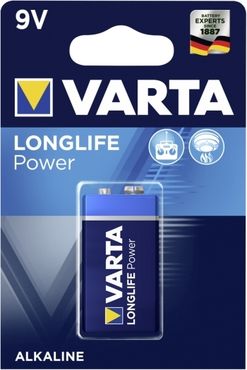
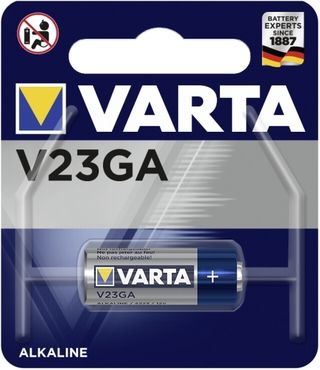

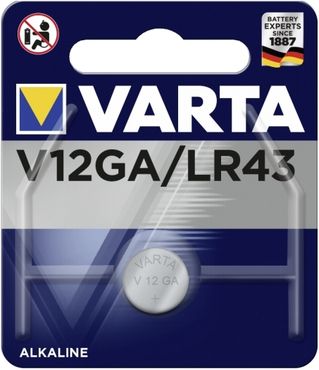
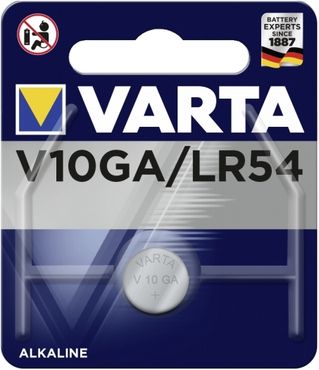
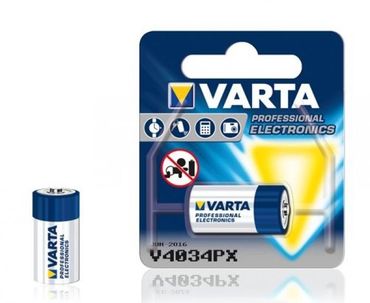
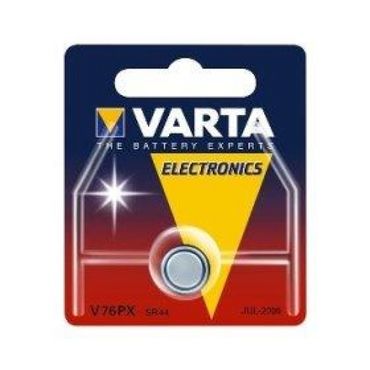
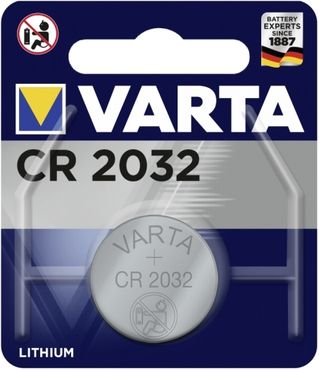
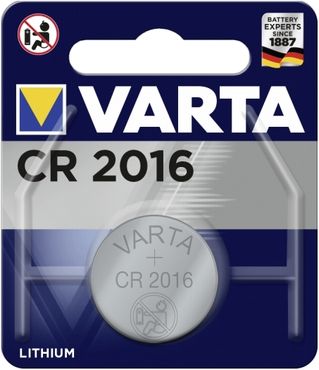
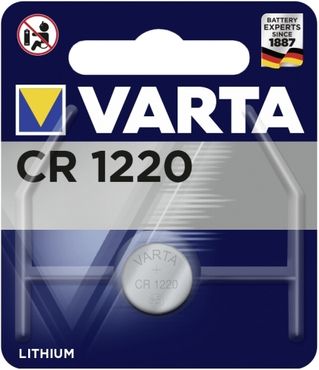
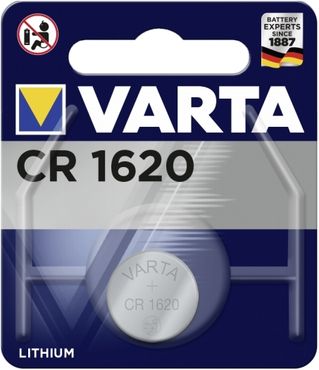



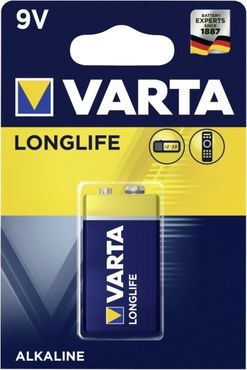
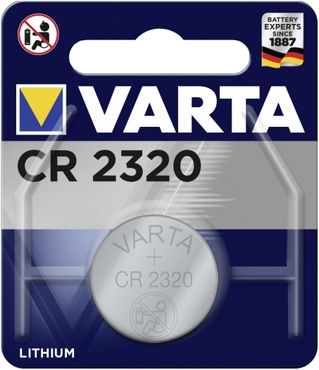
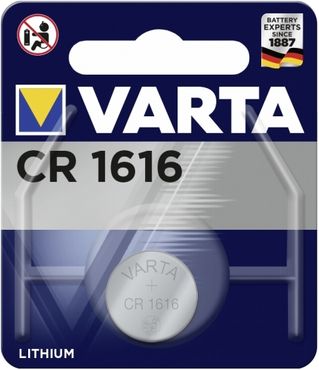

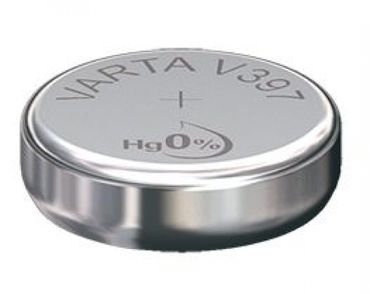
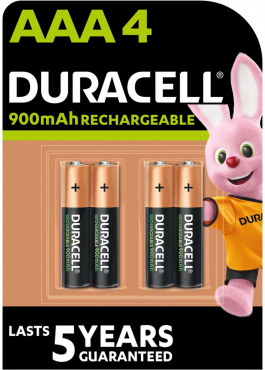
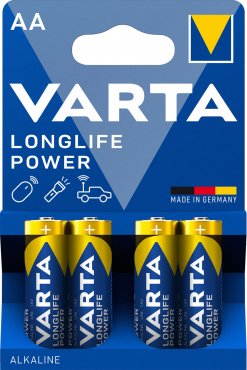
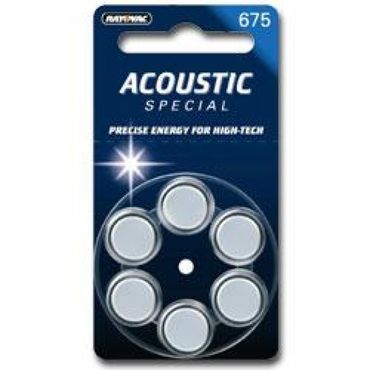
Simply subscribe and benefit as a newsletter recipient every week: